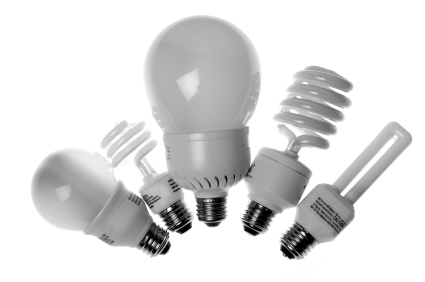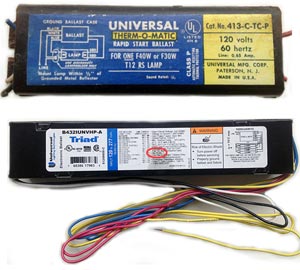Light Systems and Demolition
Mercury

- Fluorescent bulbs
- Compact fluorescent light bulbs (CFLs)
- High intensity discharge (HID) lamps
- Ultraviolet lamps
- Neon lights
“Silent” light switches, which were manufactured prior to 1991 and may be present in older buildings, may also contain mercury.
To prevent mercury contamination, these items should be isolated, labeled, and taken to a mercury recycler or consolidation site.
To prevent the release of mercury, the mercury should not be removed from items, and fluorescent lamps should not be crushed.
- Check with your state environmental agency about how to properly manage and dispose of mercury-containing devices in your area.
- Compact Fluorescent Light Bulbs (CFLs)
- Establishing a Recycling Program for Mercury-Containing Light Bulbs
Polychlorinated Biphenyls (PCBs)

Polychlorinated Biphenyls (PCBs)
Ballasts containing PCBs are not frequently found in homes, but they are occasionally identified during asbestos inspections.
If a ballast that is not labeled "No PCBs" is found, it is best to assume it contains PCBs.
- avoid breaking these items
- handle them separately from other demolition waste
- take them to an appropriate facility
Check with your state environmental agency about how to properly dispose of PCB ballasts in your area.
